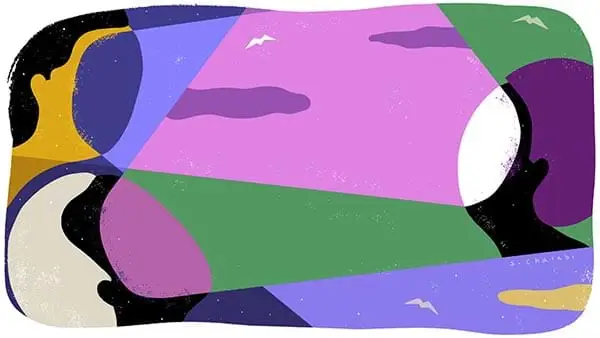From past to present: How artists build from the past to shape our future
Margaret Morton is the program director for Creativity & Free Expression at the Ford Foundation.
This past March, our family celebrated the 100-year life of Pearl Cozier. My mother-in-law burst into being in 1920 as Pearl Ruddock in Westmoreland, Jamaica, then part of the British West Indies, born into a racial caste system on a former plantation where her enslaved African ancestors did the back-breaking work of picking sugarcane.
In 1945, Pearl journeyed north to find love, opportunity and family in Brooklyn, New York. In America, she would find a more layered caste system of racial, gender, economic and immigrant oppression and the segregation from the spread of Jim Crow to the north. She walked proudly through discrimination, sexism and power dynamics that favored the few—the Great Depression and the New Deal, civil rights advancements, women’s rights, evolving cultural identities, the end of industrialization, and the rise of technology—into the 21st century and this new reality of racial solidarity. She adapted through each change, while running multiple businesses and raising five children to lead independent fruitful lives. In the end, she mastered the change, but was quietly taken from us by COVID-19.
Pearl, in many ways, represents the artists in this project and throughout time. They embraced their culture while learning, adapting to, and drawing from new cultures and systems. They confronted tremendous hatred and hardship in caste systems in America and beyond and yet taught us how to dream in the face of adversity, to find beauty in the darkness, and to have faith in ourselves and what we have to offer the world. They showed us how to persevere and forge ahead in spite of systems created to keep us down and limit our futures. They imprinted their dreams on us, and instilled in us the obligation to become leaders, to carve new paths through adversity and change, and to create a future that we felt needed to exist.
We must change to survive. It is part of our ethos as sentient beings. We have a rich history of cultures and peoples who have walked boldly into and through change. They hold deep lessons for us today as we face a future of uncertainty, deep lessons on how we can adapt, imagine new systems, think innovatively, and evolve with shifts in power and ethics. They hold all this wisdom, and they smile from above and beside us. Their example is everything.
We write these offerings in their spirit. We are humbled by their memory, but we write because of them, to carry their tradition forward. They laugh at our plight—our plight to dream of change and to then walk through it.

This essay is part of CREATIVE FUTURES, a series of provocations by thinkers across the arts, documentary, and journalism on the future of the creative industry.